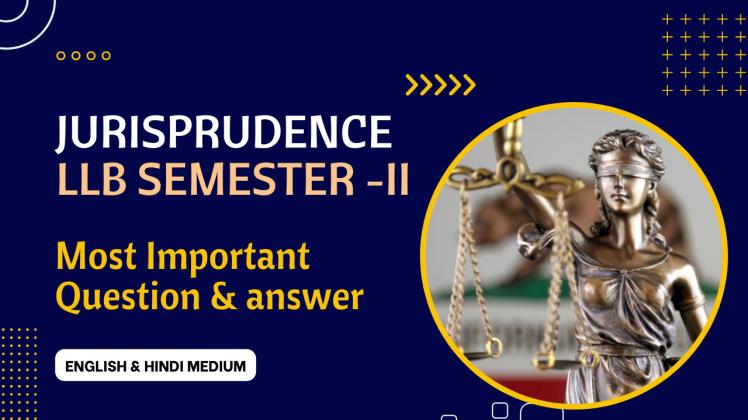Semester II of Indian Legal and Constitutional History typically delves deeper into the evolution of legal and constitutional frameworks in India, focusing on significant historical milestones, legal systems, and constitutional developments. Here's a breakdown of what might be covered in such a course:
-
Ancient Legal Systems: The course may begin with an exploration of ancient legal systems in India, such as the legal codes of Manu (Manusmriti) and Kautilya (Arthashastra). These texts provide insights into early Indian society's legal norms, governance structures, and judicial processes.
-
Colonial Era: A significant portion of the course may be dedicated to the colonial period, particularly the impact of British rule on India's legal and constitutional landscape. This includes the establishment of the East India Company's courts, the introduction of English common law, and the enactment of various regulations and statutes.
-
Regulation Acts: Discussion on key legislative acts like the Regulating Act of 1773, Pitt's India Act of 1784, and the Charter Acts of 1833, 1853, and 1892, which shaped the governance and legal administration in colonial India.
-
Judicial Reforms: Examination of judicial reforms during the British Raj, including the establishment of High Courts, the introduction of the doctrine of precedent, and the evolution of Indian legal profession and judiciary.
-
Constitutional Movements: Analysis of the constitutional movements in colonial India, such as the demand for constitutional reforms, the role of Indian National Congress, and the emergence of leaders like Mahatma Gandhi and Dr. B.R. Ambedkar.
-
Constitutional Development: Detailed study of the making of the Indian Constitution, focusing on the Constituent Assembly debates, drafting committees, and the adoption of the Constitution on January 26, 1950.
-
Key Constitutional Features: Exploration of key features of the Indian Constitution, including fundamental rights, directive principles of state policy, federalism, separation of powers, and the role of the President, Parliament, and the Judiciary.
-
Landmark Judicial Decisions: Analysis of landmark judicial decisions that have shaped constitutional interpretation in India, such as Kesavananda Bharati v. State of Kerala, Golaknath v. State of Punjab, and Basic Structure Doctrine.
-
Constitutional Amendments: Examination of significant constitutional amendments, including debates surrounding them and their impact on Indian polity and society.
-
Challenges and Future Directions: Discussion on contemporary challenges to Indian democracy and constitutionalism, such as federal-state relations, judicial activism, social justice, and the need for constitutional reforms.
The course may also involve case studies, research projects, and discussions on comparative constitutional law to provide students with a comprehensive understanding of Indian legal and constitutional history and its relevance in the contemporary context.


